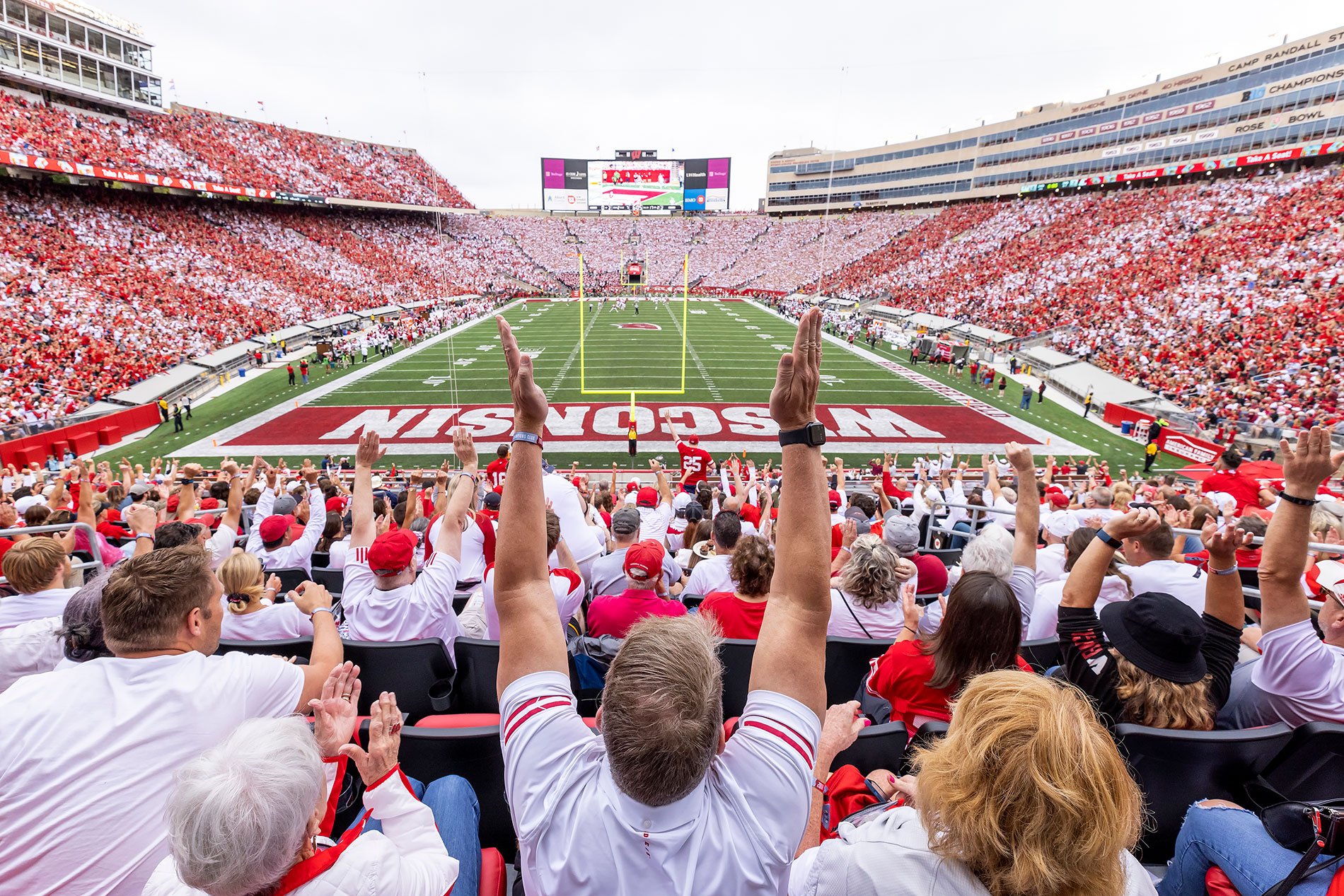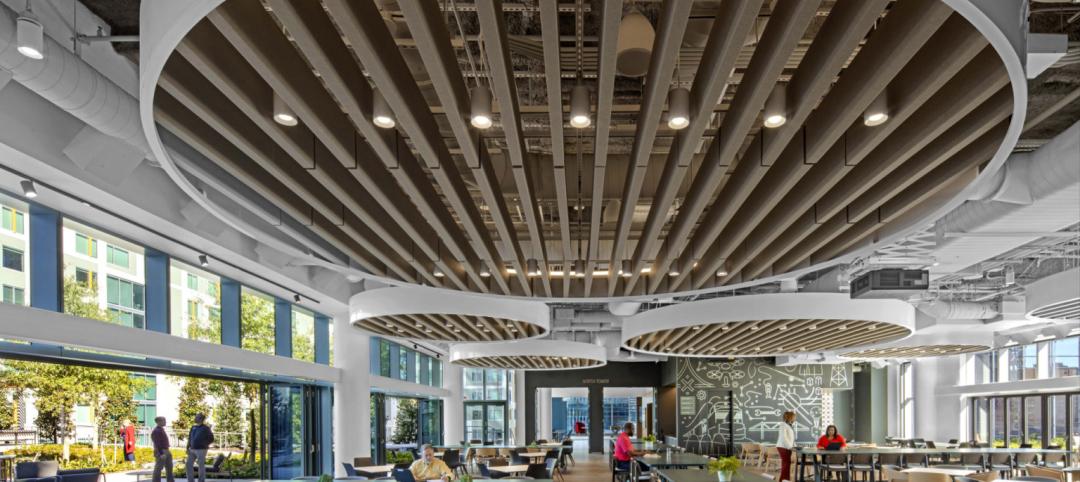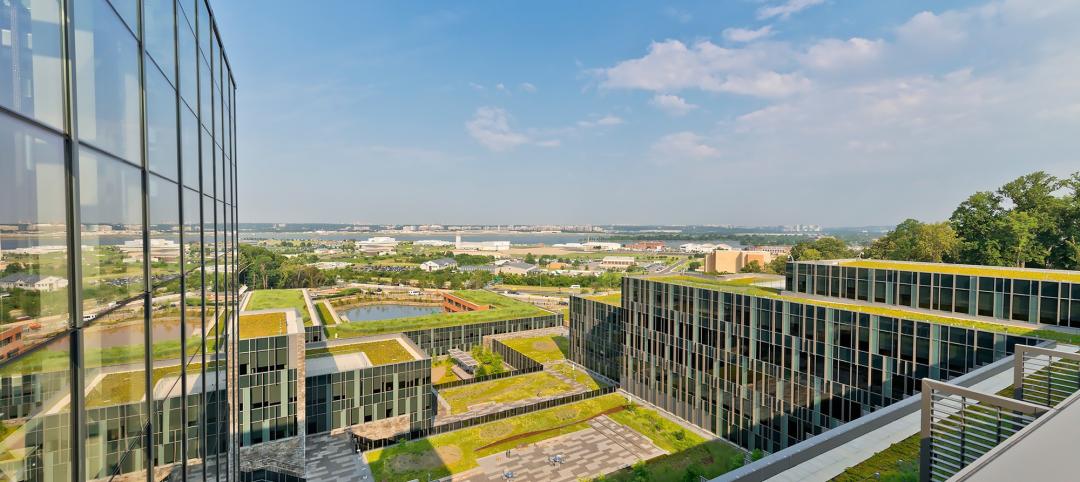Professional sports franchises have built their businesses on fan loyalty. Yet today’s fans are more fluid, open to change and seeking new entertainment experiences. Their loyalty is no longer guaranteed, and this shift is forcing designers of sports venues to change their approach.
Sports organizations and their architects are exploring new ways to ensure that live sports can compete with the proliferation of entertainment options available to today’s consumers.
What's happening?
- Over-the-top (OTT) streaming platforms like Amazon Prime Video, Netflix, YouTube TV, Hulu and Disney+ continue to grow in popularity, competing for the fans’ attention.
- Other options for sports fans include online gaming, esports and a torrent of digital content such as videos, podcasts and social media.
The big idea for designers? To help teams win the “attention game,” architects can use data about fan preferences to create environments that bridge the gap between digitally mediated and live sports experiences.
At the intersection of data, storytelling, and space
Drawing on his background as a video game developer, Abe Stein, Head of Innovation at Sports Innovation Lab, envisions a future where sports venues are more than just content delivery mechanisms for the action on the field.
“Think of the venue instead as a storytelling medium,” said Stein during a LinkedIn Live event hosted by HOK’s Annie Merrill. “Everyone who walks in will participate in the storytelling taking place in that moment and space. This unlocks tremendous, exciting potential around what we can do with those spaces and how we can drive interest in attending games.”
Before these stories can be written, said Stein, team owners and designers need to understand what the data tells them about what the audience wants. Then they can design the ideal game-day experience.
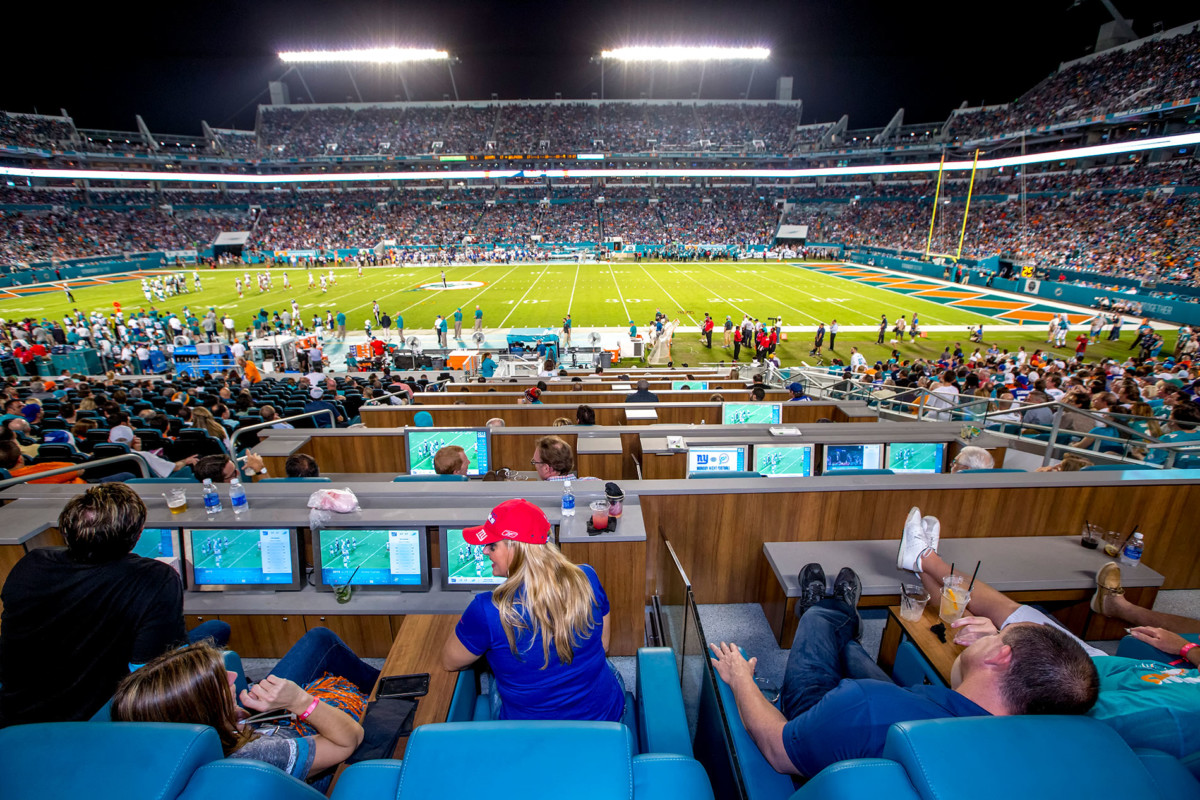
Go deeper: “Sometimes people are not there for the reason you think,” said Bill Johnson, Design Principal for HOK’s Sports + Recreation + Entertainment practice. “The sooner you discover what they’re really excited about when they are there, the better off you will be.”
Understanding the demographics and experiences fans are looking for opens opportunities to partner with unconventional sponsors. “It’s not just about pickup trucks, beer and cellphones,” added Johnson. “It might be about shopping or vacations.”
Combining the power of togetherness with data
Sports properties have always viewed the live sports experience as their main product. Stein has a different perspective. “Our research shows that people are also drawn to the live sports experience for the power of togetherness and other aspects such as the mediated experience of the venue and the experiential wayfinding and concourses.”
There’s nothing like 80,000 people in a stadium all cheering for the same goal,” said Johnson. “And we’re losing that as a society. So my goal is to get people to come back together, celebrate with each other and interact.”
Go deeper: Johnson described how fan data about the power of togetherness and his recent experience implementing new seating options challenge the traditional practice of assigning all fans to specific seats. “Sitting in one seat is not how we interact socially or act at home,” he said.
Instead, he has been experimenting with assigning an entire section for a group, with soft seating and lounge areas interspersed among the fixed seats. “The capacity is the same, but the value goes up and the social experience is much better,” said Johnson. “Every time we have done this, it has been the first thing to sell out and people have paid a premium.”
WHAT’S NEXT: AR, VR AND AI
Sports venues can use augmented and virtual reality to merge the real world with simulations and create more compelling, interactive fan experiences. “AR is about being in a place but immersed in a digital experience, like catching Pokemon or looking at furniture on Amazon in your living room,” said Stein.
Stein expects AR to play a more prominent role in live events, as it translates what fans get from their mediated TV and digital experiences to the live experience in a venue. “If I can pull up statistics on my phone that are overlaid on top of the action on the field, that’s an enriching experience,” he said.
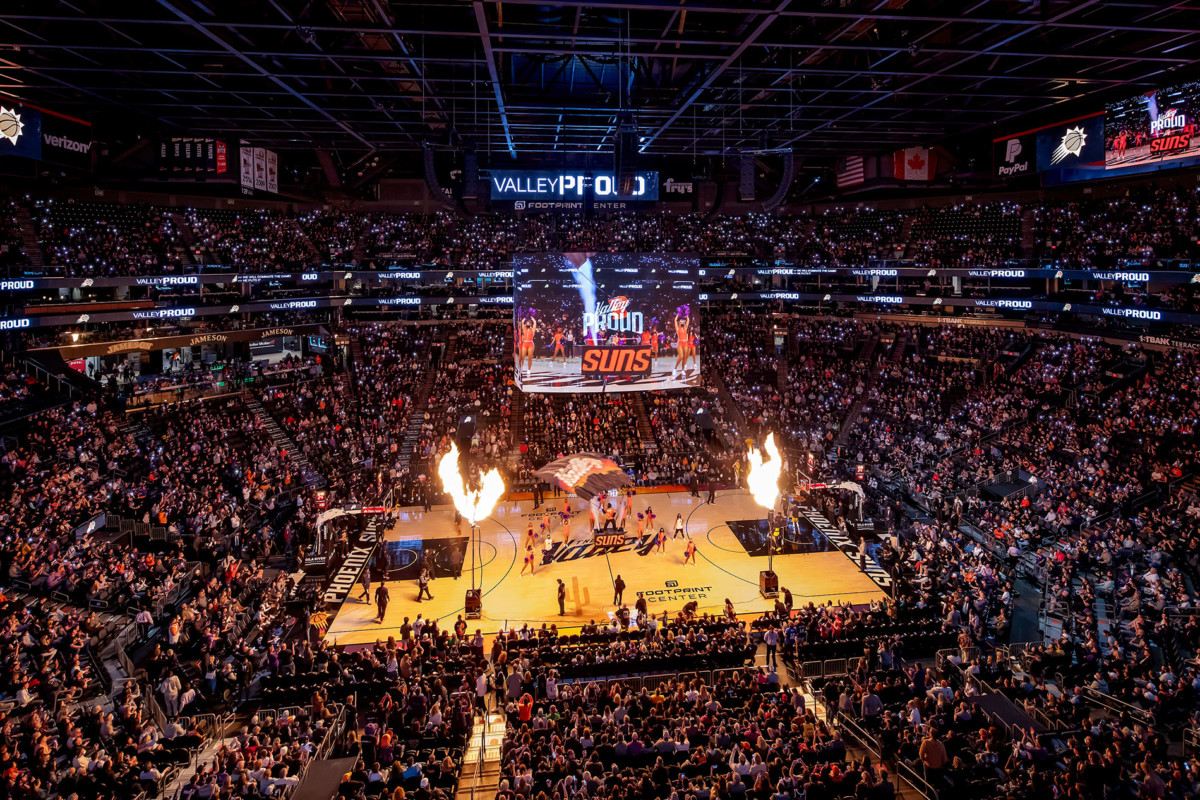
AI and the smart venue of the future: According to Stein, AI technology will be essential for knowing who is in a venue, what they are doing and how to enhance their experience. “We wrote a report with Intel about the role of AI in smart venues,” he said. “We made the case that AI needs to be understood as a new form of infrastructure, like electricity and plumbing.”
BALANCING TECHNOLOGY WITH AUTHENTICITY
There’s no denying the role of data and technology in understanding the needs of fans and designing sports venues that respond to their needs. Johnson and Stein agreed on meeting today’s fans where they are by providing more interactive, immersive entertainment options.
Yet research also shows—and Johnson’s intuition after 40 years of experience designing these buildings agrees—that people crave meaning and authenticity on a deeply evolutionary level.
“There’s an old quote in the design industry that stadiums are modern-day cathedrals because they are symbolic of the communities in which they were built,” said Johnson. “But I’m seeing a shift from wanting to do something iconic to something authentic.”
Johnson believes younger fans want to align themselves with organizations that share their values, which include caring about the environment and the local community.
“Can the buildings create jobs and training opportunities that go beyond just opening the gates and letting people come in and watch a three-hour sporting event? These are some secondary messages that the industry is starting to recognize and value.”
More from Author
HOK | Oct 18, 2024
7 design lessons for future-proofing academic medical centers
HOK’s Paul Strohm and Scott Rawlings and Indiana University Health’s Jim Mladucky share strategies for planning and designing academic medical centers that remain impactful for generations to come.
HOK | Aug 8, 2024
6 design trends for the legal workplace
Law firms differ from many professional organizations in their need for private offices to meet confidentiality with clients and write and review legal documents in quiet, focused environments
HOK | Jun 6, 2024
HOK presents neurodiversity research and design guidelines at SXSW 2024
Workplace experts share insights on designing inclusive spaces that cater to diverse sensory processing needs.
HOK | Apr 2, 2024
How university rec centers are evolving to support wellbeing
In a LinkedIn Live, Recreation & Wellbeing’s Sadat Khan and Abby Diehl joined HOK architect Emily Ostertag to discuss the growing trend to design and program rec centers to support mental wellbeing and holistic health.
HOK | Jan 25, 2024
40 Under 40 Class of 2023 winner Kimberly Dowdell inaugurated as AIA 2024 President
The American Institute of Architects (AIA) has announced the inauguration of Kimberly Dowdell, AIA, NOMAC, NCARB, LEED AP BD+C, Principal and Director of Strategic Relationships at HOK and BD+C 40 Under 40 superstar, as its 100th president.
HOK | Jul 13, 2023
Deep green retrofits: Updating old buildings to new sustainability standards
HOK’s David Weatherhead and Atenor’s Eoin Conroy discuss the challenges and opportunities of refurbishing old buildings to meet modern-day sustainability standards.
HOK | Jun 5, 2023
Office design in the era of Gen Z, AI, and the metaverse
HOK workplace and interior design experts Kay Sargent and Tom Polucci share how the hybrid office is evolving in the era of artificial intelligence, Gen Z, and the metaverse.
HOK | May 5, 2023
9 workplace design trends for 2023
HOK Director of WorkPlace Kay Sargent and Director of Interiors Tom Polucci discuss the trends shaping office design in 2023.
HOK | Apr 4, 2023
6 examples of modern college training facilities
HOK discusses the future of college training facilities, with six design takeaways derived from a discussion between Dan Radakovich, Director of Athletics at the University of Miami, and Trevor Bechtold, Director, HOK’s Sports + Recreation + Entertainment practice.
HOK | Jan 23, 2023
How regenerative design is driving AEC industry innovation
HOK's Sean Quinn and Microsoft's JoAnn Garbin discuss the next step of sustainability: regenerative design.

